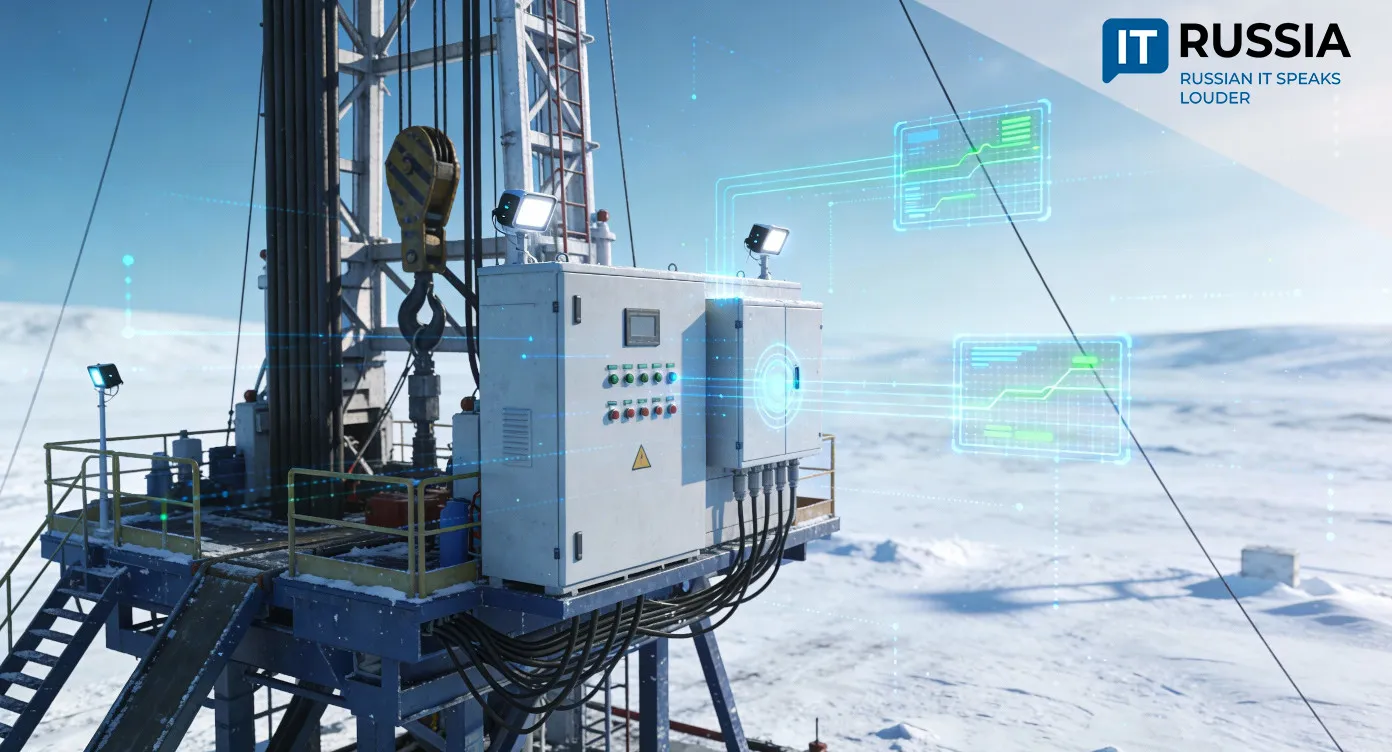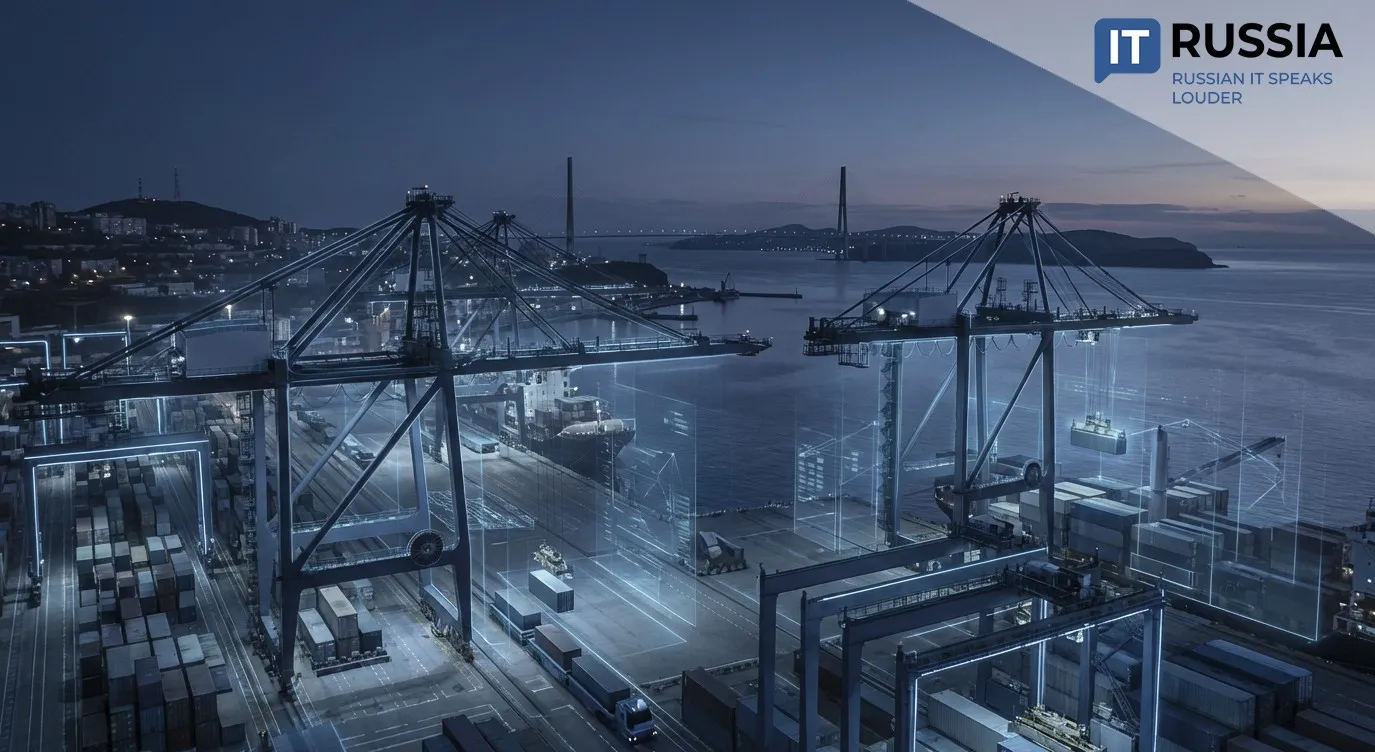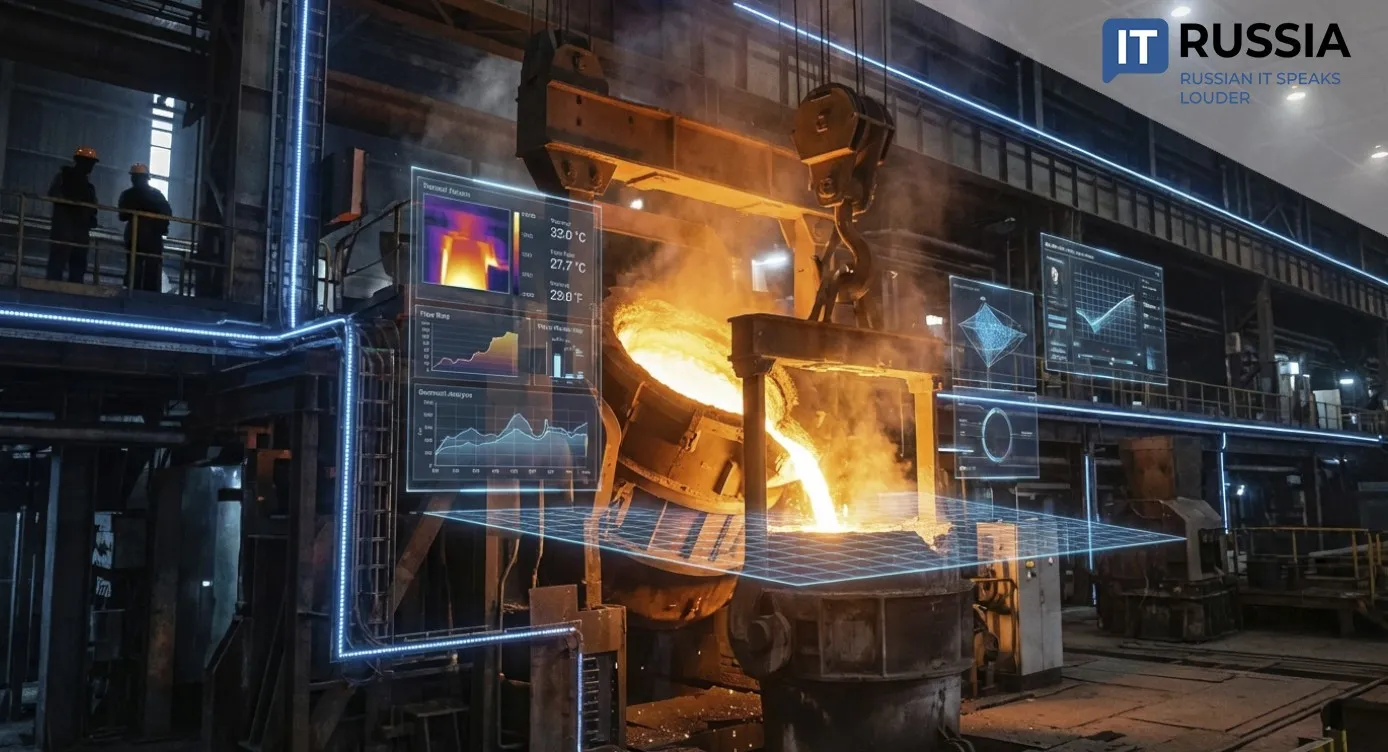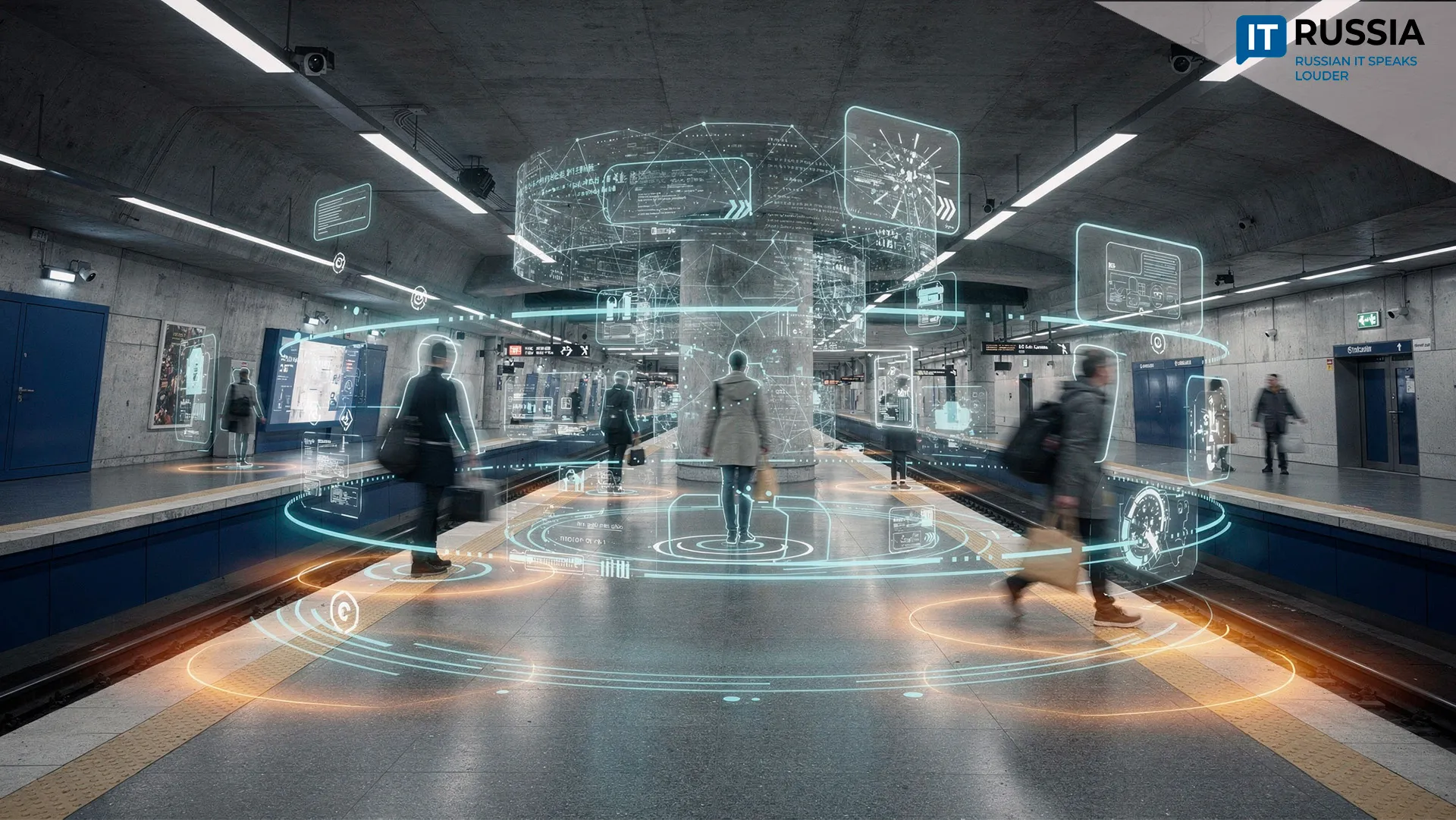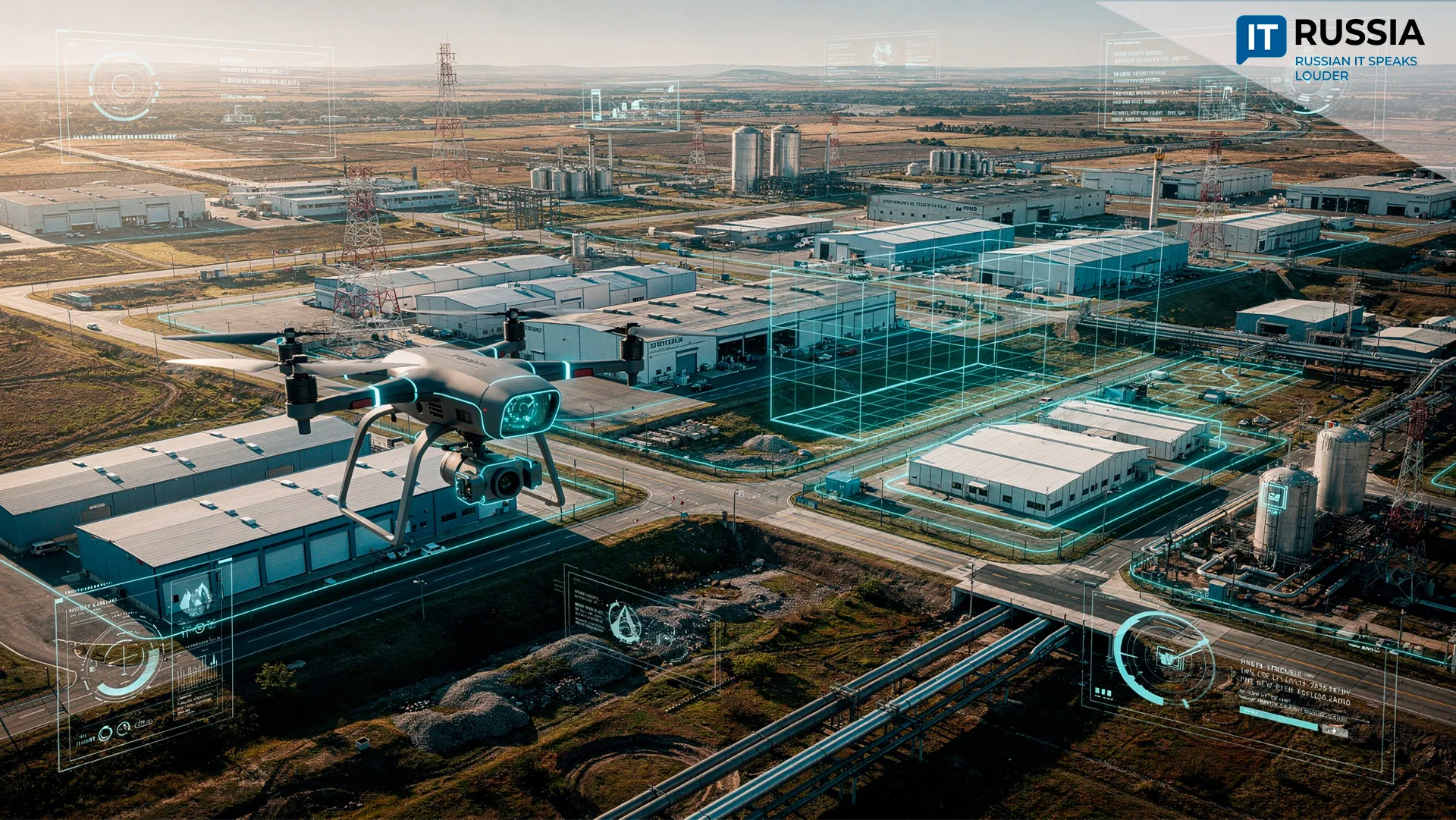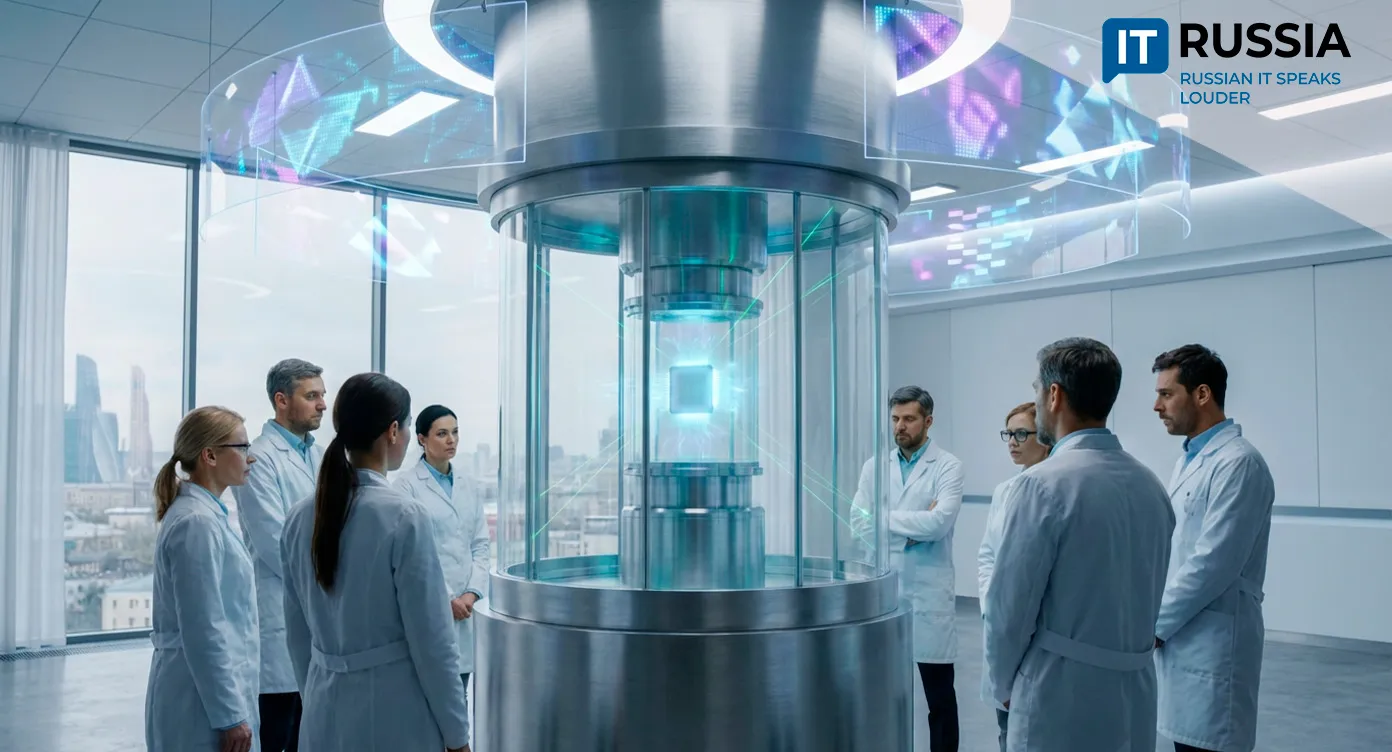AI Takes to the Rooftops: Sakhalin Leverages Drones for Smarter Infrastructure Repairs

The city of Yuzhno-Sakhalinsk has launched a pilot project using drones and AI to accelerate and optimize roof inspections on apartment buildings — signaling a major leap forward in digital public utilities management
Efficiency and Safety at the Core
To modernize roof inspections, Yuzhno-Sakhalinsk authorities partnered with Aurora-BAS, a drone technology company. The pilot began in the Cheryomushki district and delivered a digital defect map accessible to facility managers and the capital repair fund, transforming the traditional inspection model. Using drones instead of climbers reduced inspection time to just 15–20 minutes per roof, eliminating human risk. AI-driven image analysis identifies cracks, corrosion, and waterproofing damage with 95% accuracy. All defects are geotagged on an interactive map. This data allows precise repair planning and shifts the focus from full roof replacement to preventive maintenance, increasing safety and transparency for residents while optimizing public spending.

IT Integration and Municipal Impact
While drones have been used in Russia for infrastructure inspection since 2020, Sakhalin's project sets itself apart by deeply integrating inspection data into public systems. Data is automatically compiled into reports for the capital repair fund and embedded into the Smart City digital layers. The goal is full digitization of housing infrastructure diagnostics.
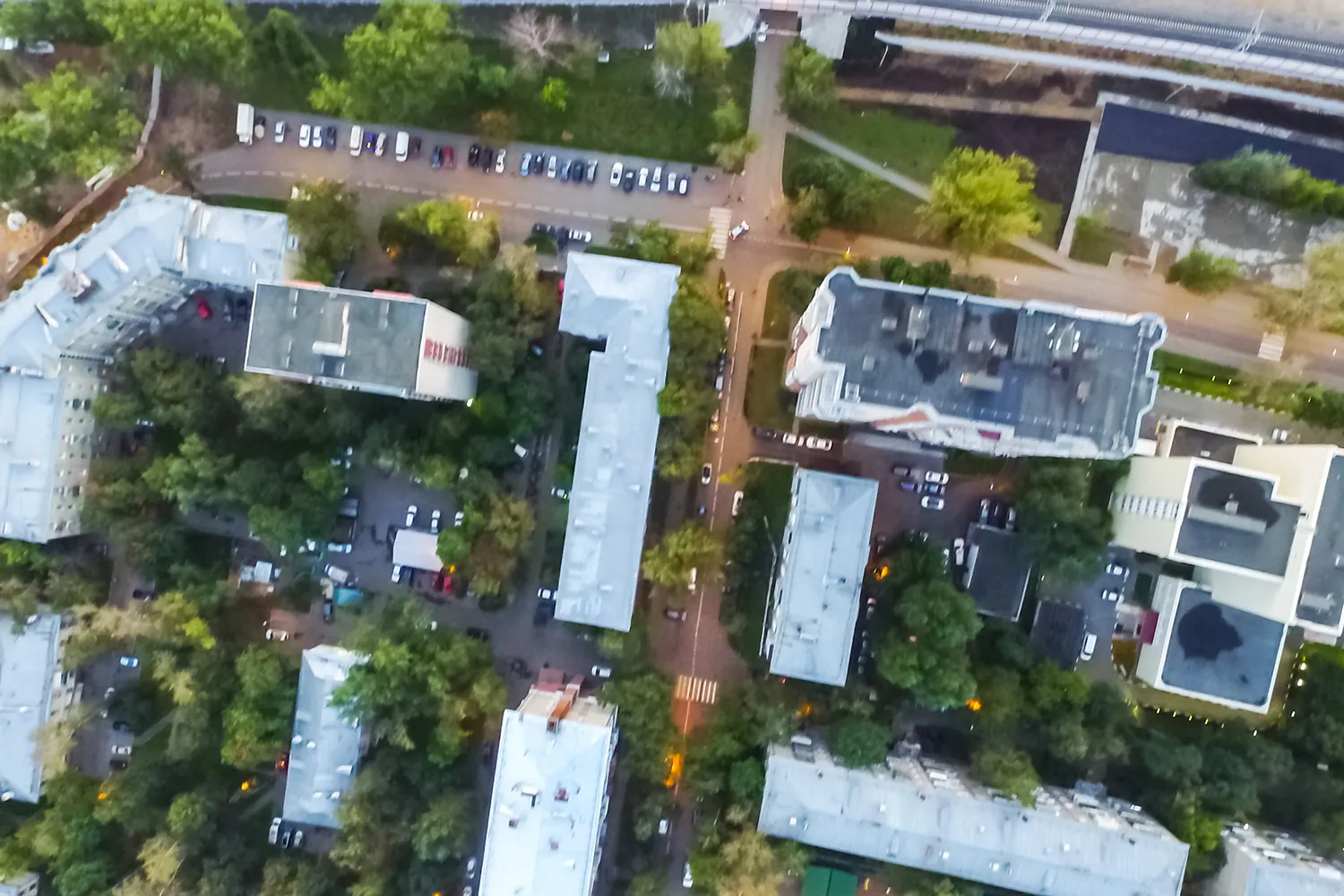
From Pilot to Export Potential
The initiative aims to survey 100% of Yuzhno-Sakhalinsk rooftops by the end of 2025, followed by inspections of bridges, heat pipelines, and power lines. With aging infrastructure and harsh climates, the technology is expected to scale across Russian regions — and has clear export potential to countries with similar environmental conditions. Opportunities also exist for software licensing and turnkey solutions.
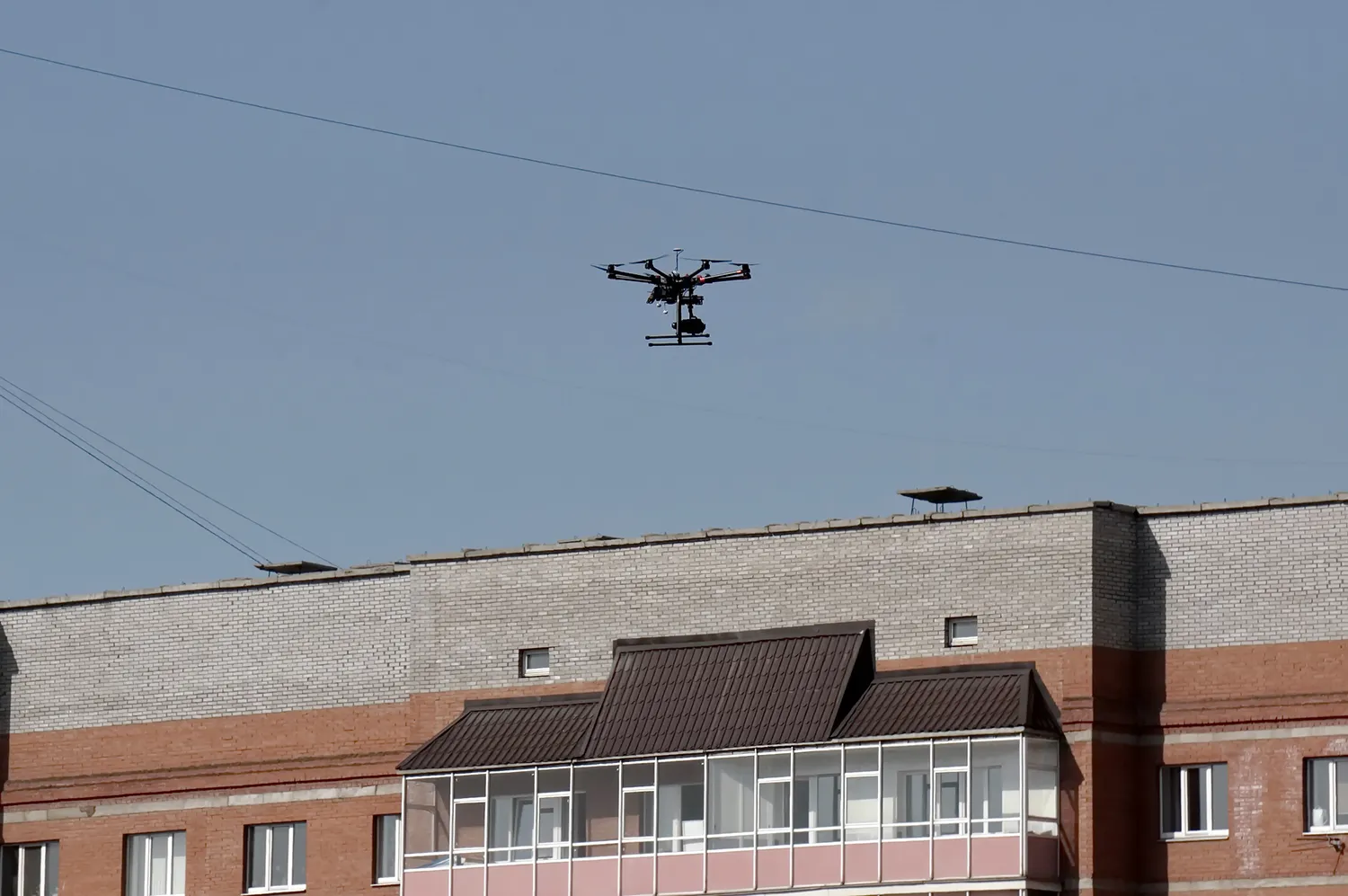
Toward Predictive Maintenance
Within 2–3 years, Russia may see wider adoption of predictive infrastructure analytics. Future AI systems will not just detect defects but forecast material fatigue and wear based on stress and weather data. Sakhalin’s success marks a major step toward this predictive model, promising safer, more efficient public services.






